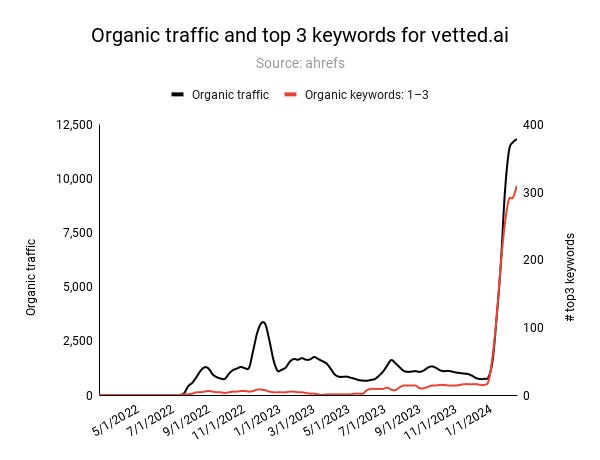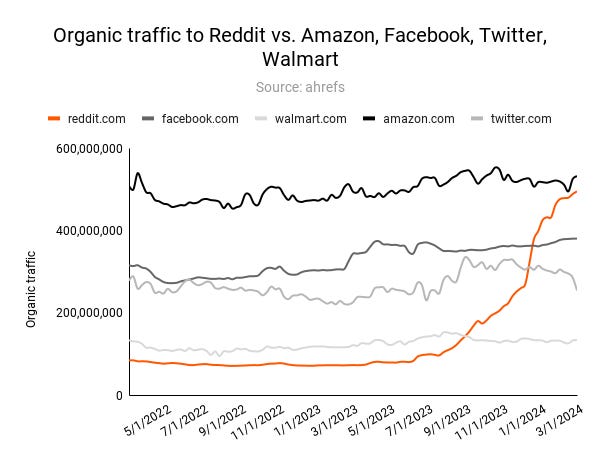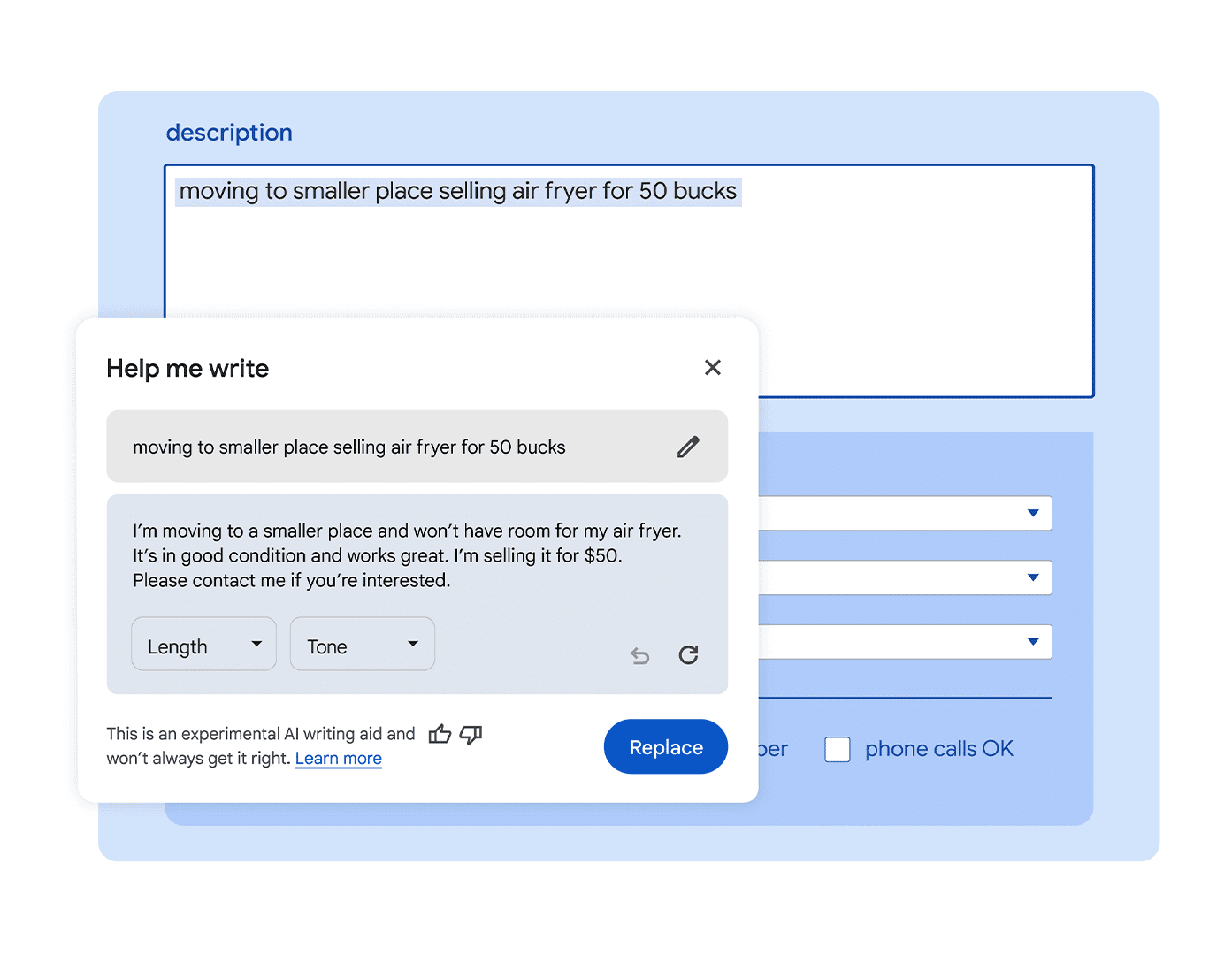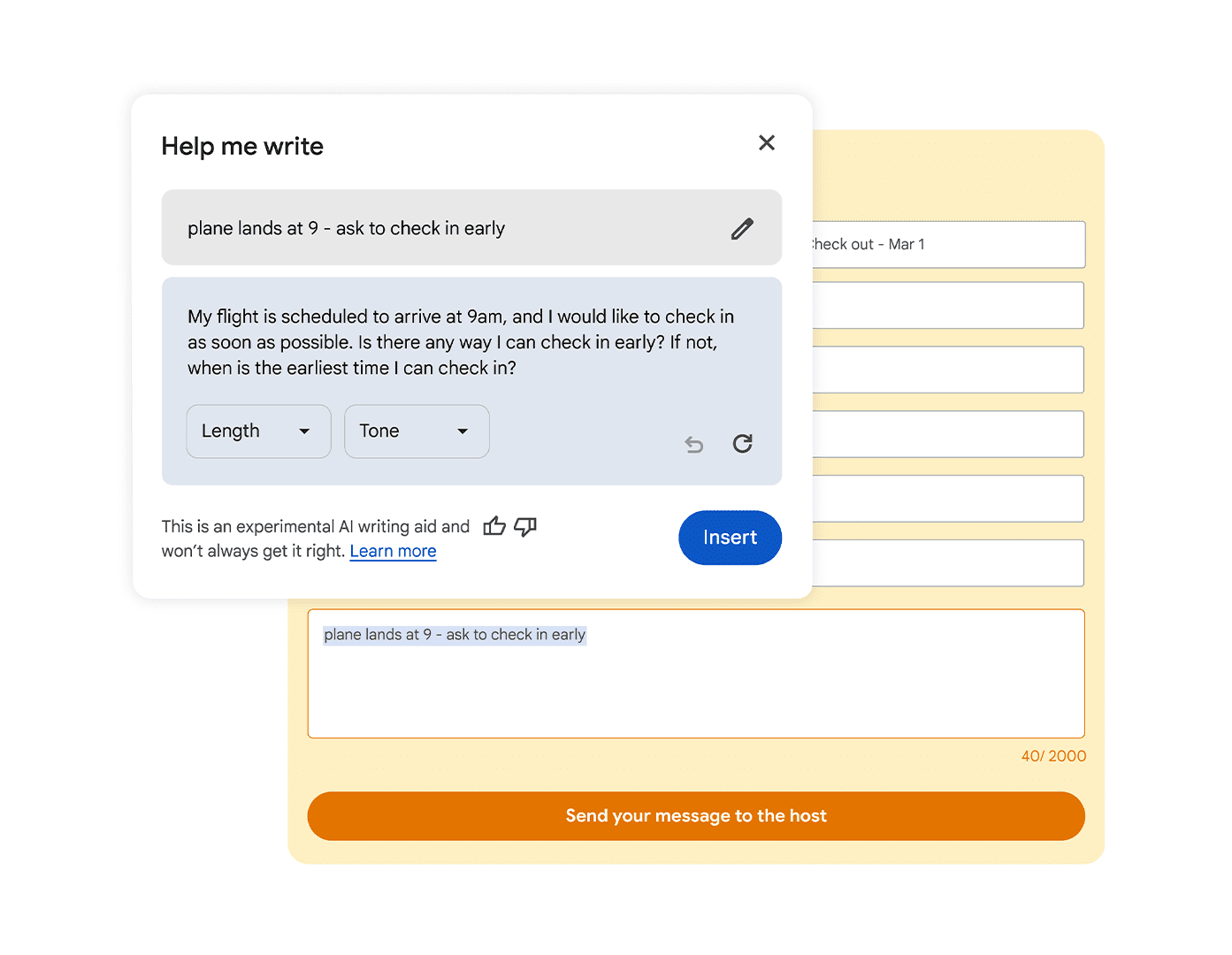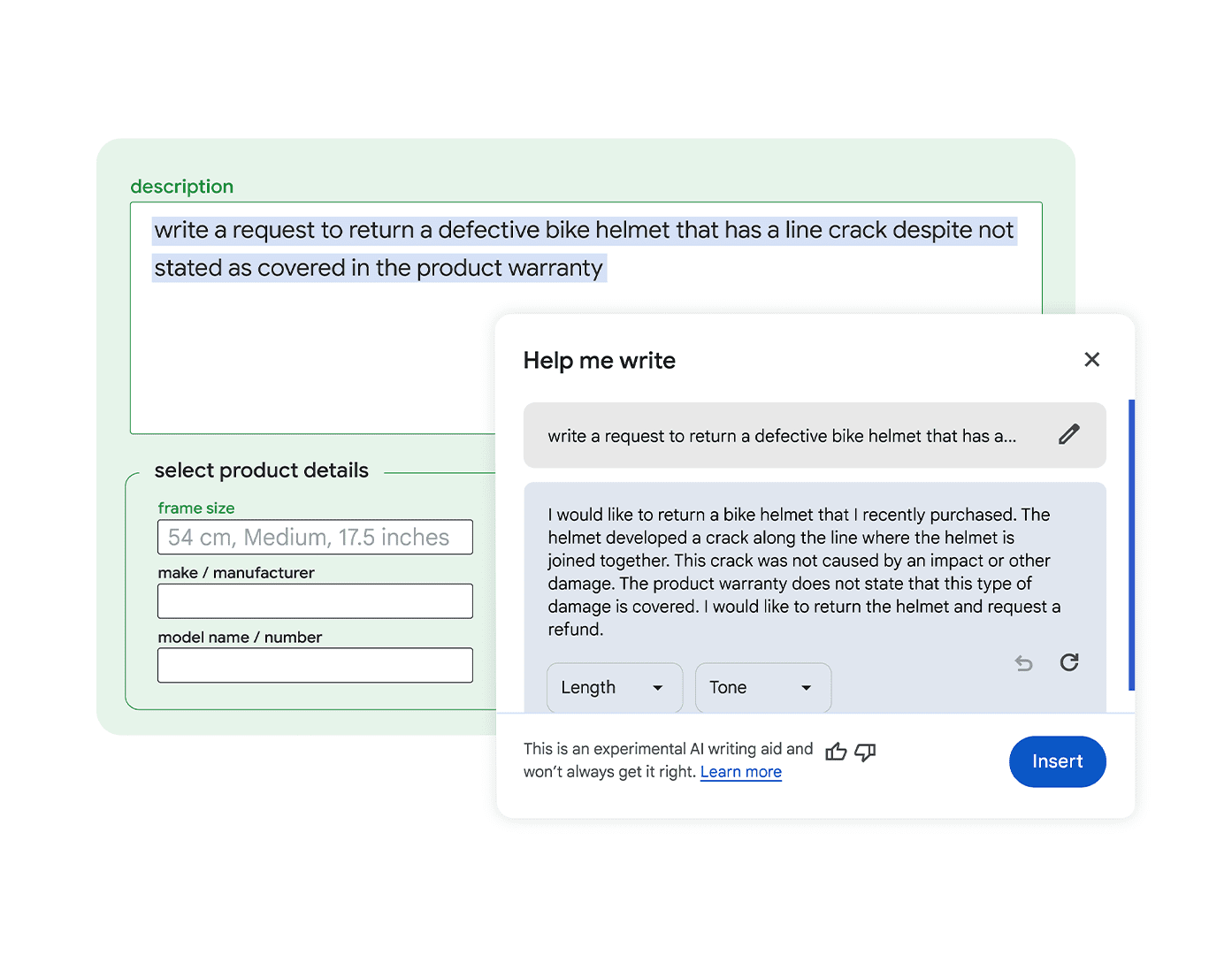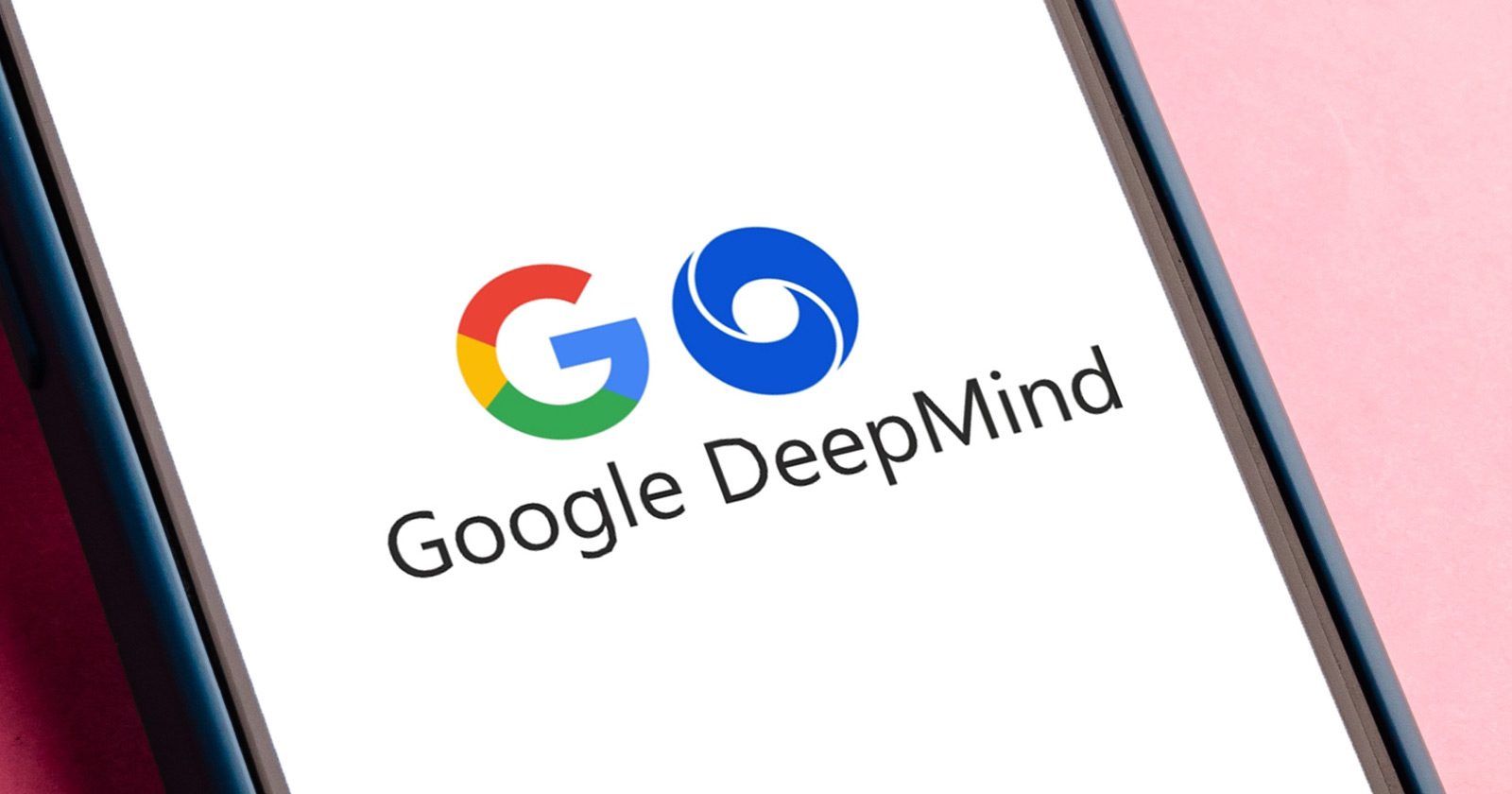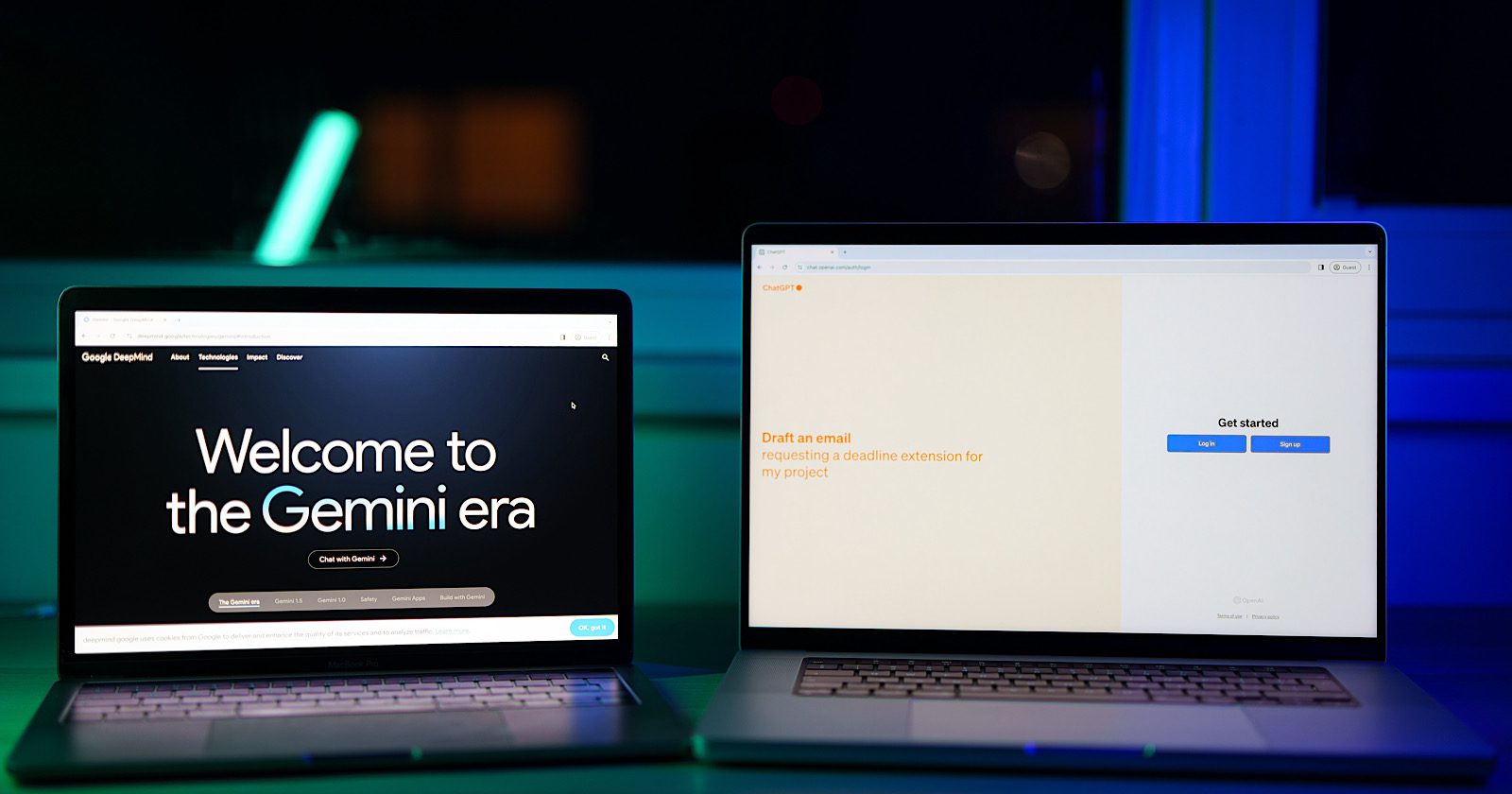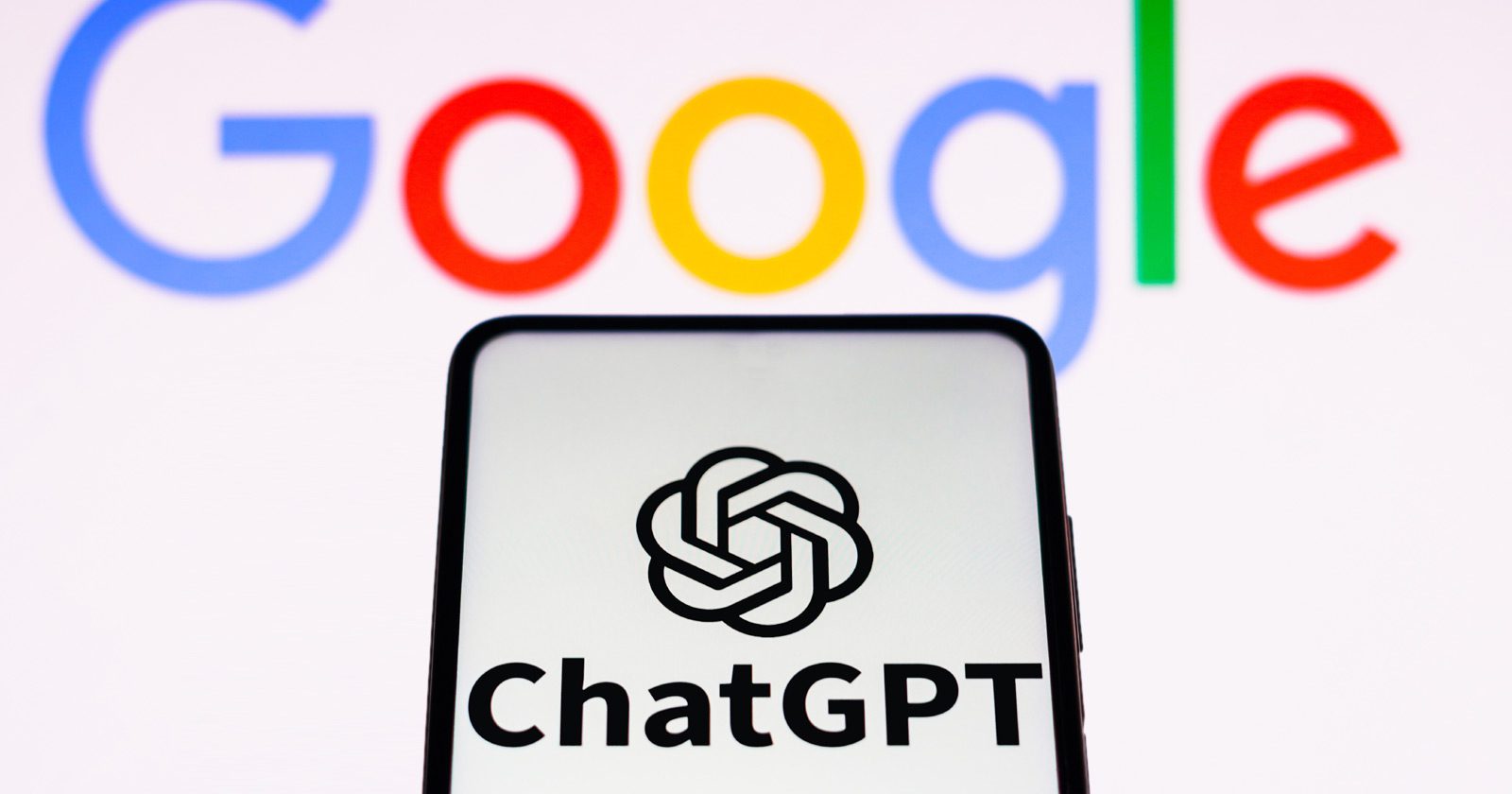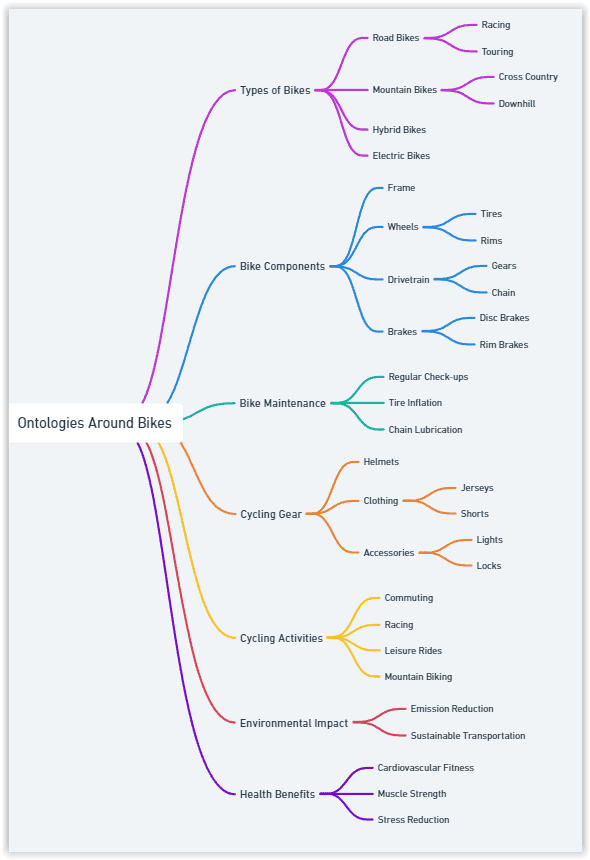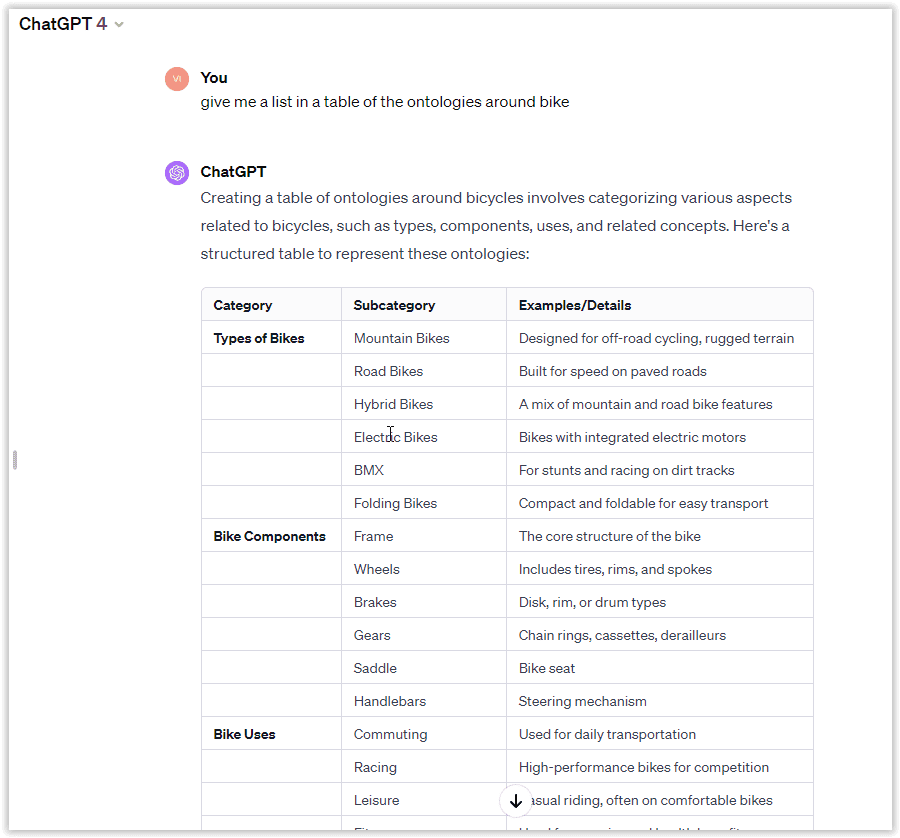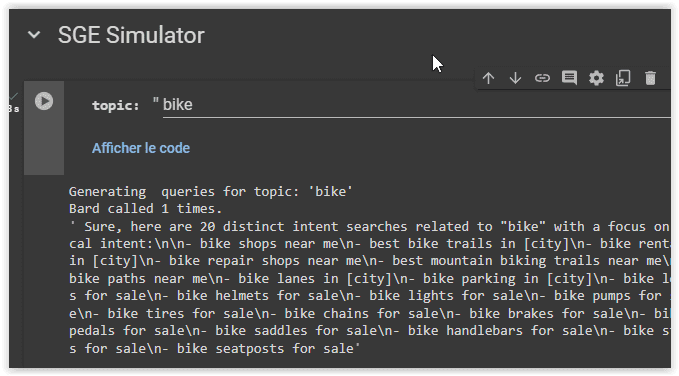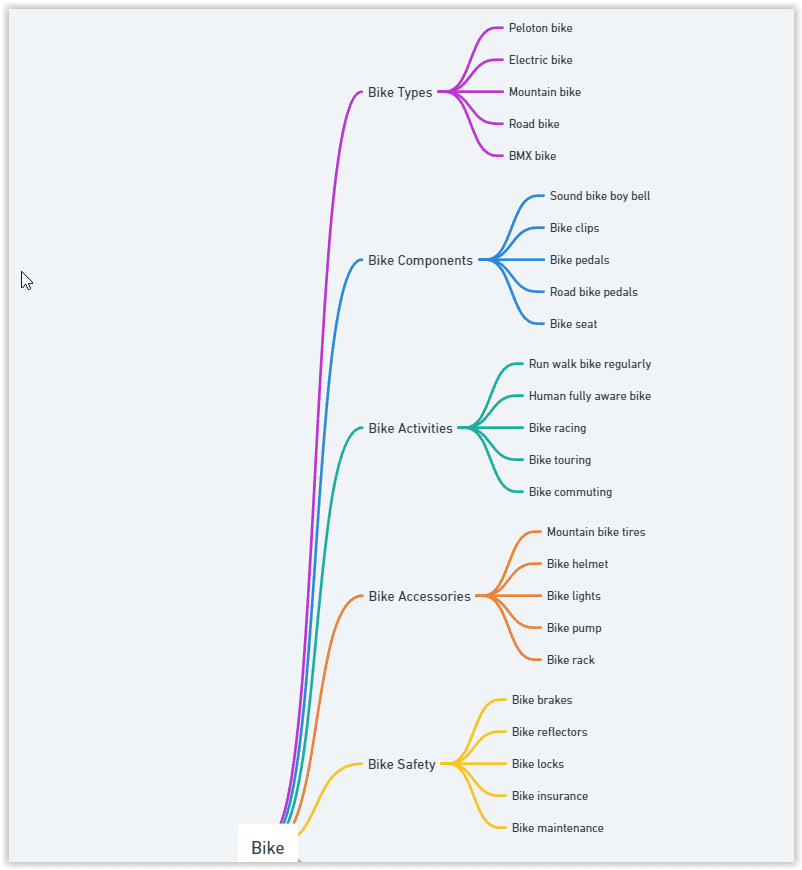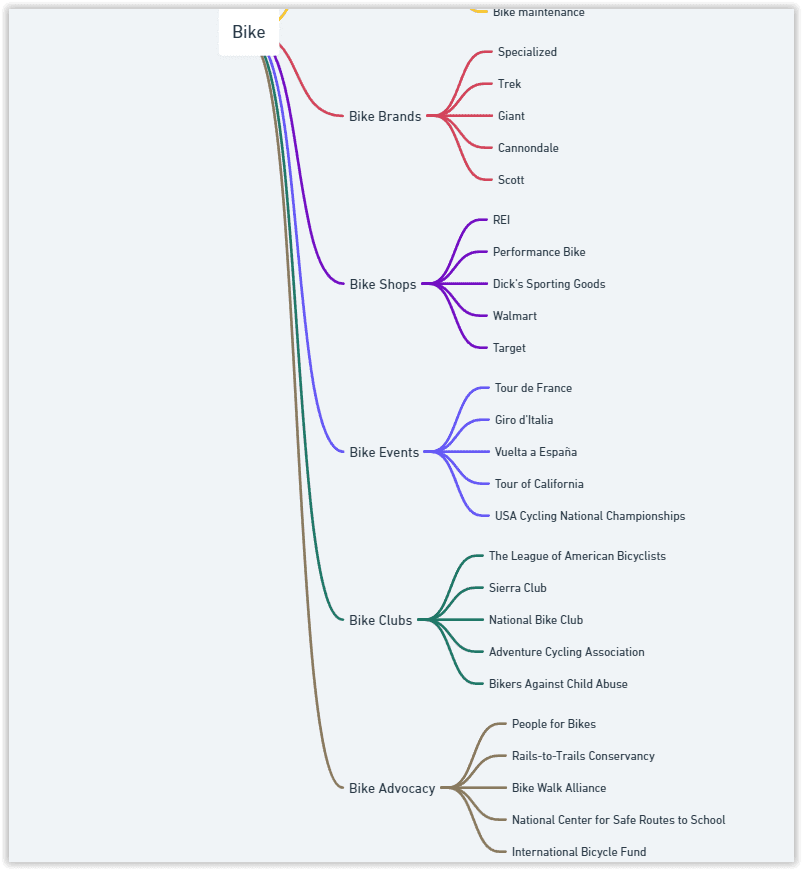21 AI Use Cases For Turning Inbound Calls Into Marketing Data [+Prompts] via @sejournal, @calltrac
This post was sponsored by CallTrackingMetrics. The opinions expressed in this article are the sponsor’s own.
If you’ve been enjoying having random conversations with ChatGPT, or trying your hand at tricking a car dealership chatbot into giving you a new car for $1, just wait until you start using safe AI professionally.
Marketers are finding lots of ways to use generative AI for things like SEO research, copywriting, and summarizing survey results.
But one of the most natural and safe fits for AI is marketing data discovery during conversational call tracking.
Don’t believe us?
Here are a ton of AI marketing use cases that make perfect sense for your teams to start using.
A Quick Call Tracking Definition
Call tracking is the act of using unique phone numbers to tie a conversation to its marketing source, and collect other caller data, such as:
- Location of caller.
- New or returning caller.
- Website activity associated with the caller.
It can help attribute sales to:
- Best performing marketing materials.
- Best performing local website landing pages.
- Best performing PPC campaigns.
Manually tracking and analyzing each conversation can take hours, and often, important nuances are missed.
This is where AI can help speed up marketing insight discovery and automatically update contact and sales pipelines.
All you need is a prompt.
What Prompt Or Quick Recipe Can I Use To Get AI Insights From Call Tracking?
Your automatically logged call transcriptions + an AI prompt = automated conversation intelligence.
Once you have this setup configured, you can drastically speed up your first-party data collection.
To get more specific, prompts have two main parts. The question you want answered, and how you want AI to answer it. As an example:
The question: What prompted the Caller to reach out?
The prompt [how should AI answer]: You are a helpful Sales agent responsible for identifying what marketing channel prompted the contact to call. If the contact did not identify what prompted their call please only respond with “None”.
Below are some example responses on what a contact might say:
- Podcast ad.
- Social post.
- Friend or family recommendation.
- Stopped by event booth.
- Read reviews online.
1 – 18. How To Use AI To Update Customer Contact Fields
Starting off boring, but powerful: Generative AI can take your customer conversations and automate data entry tasks, such as updating caller profiles to keep them relevant and qualified.
![21 AI Use Cases For Turning Inbound Calls Into Marketing Data [+Prompts]](https://ecommerceedu.com/wp-content/uploads/2024/03/Picture1.png) Image created by CallTrackingMetrics, March 2024
Image created by CallTrackingMetrics, March 2024![21 AI Use Cases For Turning Inbound Calls Into Marketing Data [+Prompts]](https://ecommerceedu.com/wp-content/uploads/2024/03/Picture1.png)
![21 AI Use Cases For Turning Inbound Calls Into Marketing Data [+Prompts]](https://ecommerceedu.com/wp-content/uploads/2024/03/Picture1.png)
![21 AI Use Cases For Turning Inbound Calls Into Marketing Data [+Prompts]](https://ecommerceedu.com/wp-content/uploads/2024/03/Picture1.png)
Impressive? No.
But the time savings add up quickly, and let your team work on the things they like (that make the company money) instead of manually filling out wrap-up panels after a call.
What Contact Information Can AI Automatically Update?
- Name – You’re going to get a name from caller ID which is a great start, but is it the name your caller prefers? Is it up to date or is it still the name of a former customer who left their company to chase their dreams? With a quick AI prompt, you can make sure you’re greeting the right person when they call back.
- Email Address – It might be a default value for form submissions, but getting an email address from a caller can take a lot of back and forth. AI isn’t going to ask for that last part again, or require you to read it back to them to verify. It’s just going to do it.
- Company Name – You might be using a sales intelligence tool like ZoomInfo to pull this kind of thing from a database. Still, you might also enjoy the accuracy of extracting directly from the words of your prospect.
- Buyer Role – Maybe not a basic field, but one AI can fill out nonetheless (much like other custom fields below!). Give your AI a list to choose from like a researcher, influencer, or decision maker. Sure would be nice to know how much influence they actually have without having to ask directly.
Can AI Automatically Tag Conversations In My CRM?
Of course!
In CRMs and sales enablement tools, tags are used to categorize and segment your conversations for further analysis or follow-up.
Some popular tags for call tracking are marking someone a new or returning caller.
You can set a tag manually. You can set a tag using an if/then trigger. And because of what this whole thing is about, you can update tags using AI.
![21 AI Use Cases For Turning Inbound Calls Into Marketing Data [+Prompts]](https://ecommerceedu.com/wp-content/uploads/2024/03/Picture2.png)
![21 AI Use Cases For Turning Inbound Calls Into Marketing Data [+Prompts]](https://ecommerceedu.com/wp-content/uploads/2024/03/Picture2.png)
![21 AI Use Cases For Turning Inbound Calls Into Marketing Data [+Prompts]](https://ecommerceedu.com/wp-content/uploads/2024/03/Picture2.png)
![21 AI Use Cases For Turning Inbound Calls Into Marketing Data [+Prompts]](https://ecommerceedu.com/wp-content/uploads/2024/03/Picture2.png)
![21 AI Use Cases For Turning Inbound Calls Into Marketing Data [+Prompts]](https://ecommerceedu.com/wp-content/uploads/2024/03/Picture2.png)
![21 AI Use Cases For Turning Inbound Calls Into Marketing Data [+Prompts]](https://ecommerceedu.com/wp-content/uploads/2024/03/Picture2.png)
Use AI to automatically add tags to your prospect’s profile, based on their actual calls.
- Spam – Sure, you can mark something spam yourself, but why not let AI do it for you so you can move on to real work?
- Product Tags – What was the caller asking about? Add product tags to calls for further analysis, or to jump right into the sales pitch when they call back.
- Lifecycle Tags – Have AI examine what kinds of questions your prospect is asking and qualify them along a scale of just learning to ready to buy. Or even, mark them as an existing customer.
- Target Account – Did the caller mention their company size? Maybe you asked them about revenue or tech stack. If you let AI know what your ideal customer looks like, it’ll help you quickly identify them when you’re talking to one.
Can Generative AI Score Leads In My CRM?
Yes! However, if 100% of your calls end in sales, skip this part.
For the rest of us, phone, text, and chat leads range from “never going to buy anything” to “ready to give you my credit card info.”
You need a way to gauge which leads are closer to “ready.” This is where lead scoring comes in.
![21 AI Use Cases For Turning Inbound Calls Into Marketing Data [+Prompts]](https://ecommerceedu.com/wp-content/uploads/2024/03/Picture3.png)
![21 AI Use Cases For Turning Inbound Calls Into Marketing Data [+Prompts]](https://ecommerceedu.com/wp-content/uploads/2024/03/Picture3.png)
![21 AI Use Cases For Turning Inbound Calls Into Marketing Data [+Prompts]](https://ecommerceedu.com/wp-content/uploads/2024/03/Picture3.png)
![21 AI Use Cases For Turning Inbound Calls Into Marketing Data [+Prompts]](https://ecommerceedu.com/wp-content/uploads/2024/03/Picture3.png)
![21 AI Use Cases For Turning Inbound Calls Into Marketing Data [+Prompts]](https://ecommerceedu.com/wp-content/uploads/2024/03/Picture3.png)
![21 AI Use Cases For Turning Inbound Calls Into Marketing Data [+Prompts]](https://ecommerceedu.com/wp-content/uploads/2024/03/Picture3.png)
While there are lots of ways to score your conversations, you can use AI to sift through the transcription and qualify a lead for you.
For call scoring, this often looks like a score of 1 to 5.
So, here are a few examples of how AI can automatically score your leads from transcripts and chat logs.
- Readiness to Buy – The most classic approach to scoring is asking, “How likely is this lead to buy?” A score of 1 is unqualified, and a score of 5 is they’re already paying us.
- Ideal Customer Fit – Just like adding a target account tag above, train your AI on what a good customer looks like, and it can also give you a score. How closely does this caller fit your ideal profile?
- Coaching – Not everything has to be about the lead. Sometimes we want to grade our own team. How well did your sales team stick to the script? Were they friendly? Let AI roll it up into a score for you.
- Follow-up Priority – Aggregate readiness to buy, customer fit, and other inputs to decide on how aggressively to follow up with your leads.
Can Generative AI Capture & Update Custom Fields From Phone Calls & Chat Logs?
Your company is likely not the same as every other company using call tracking to get customer insights.
You’ll want some flexibility to determine what’s important to you, not what your call-tracking provider has determined to be important.
With custom fields, you get to put your creativity and strategy together with AI’s scalability to automate pretty much anything.
![21 AI Use Cases For Turning Inbound Calls Into Marketing Data [+Prompts]](https://ecommerceedu.com/wp-content/uploads/2024/03/Picture4.png)
![21 AI Use Cases For Turning Inbound Calls Into Marketing Data [+Prompts]](https://ecommerceedu.com/wp-content/uploads/2024/03/Picture4.png)
![21 AI Use Cases For Turning Inbound Calls Into Marketing Data [+Prompts]](https://ecommerceedu.com/wp-content/uploads/2024/03/Picture4.png)
![21 AI Use Cases For Turning Inbound Calls Into Marketing Data [+Prompts]](https://ecommerceedu.com/wp-content/uploads/2024/03/Picture4.png)
![21 AI Use Cases For Turning Inbound Calls Into Marketing Data [+Prompts]](https://ecommerceedu.com/wp-content/uploads/2024/03/Picture4.png)
![21 AI Use Cases For Turning Inbound Calls Into Marketing Data [+Prompts]](https://ecommerceedu.com/wp-content/uploads/2024/03/Picture4.png)
AI can accurately assess and notate:
- Product Familiarity – You’ve tagged a call with a product name, but how much time do you need to spend educating the prospect vs. selling them?
- Related Products – What else could you be selling this person?
- Appointments – If your team runs on appointments or demos, having an AI add a calendar date to a custom field opens up a world of automated possibilities.
- Next Steps – Follow up with an email, a call, or an appointment confirmation text. Have AI pull the best next step from your conversation.
19 – 21. How To Use Generative AI To Take Action On Automatically Updated Sales Contacts
Ok, so there are some time-savings when you use call tracking and AI to update fields.
If that’s not quite exciting enough, let’s see what you can actually do with those automated fields.
![21 AI Use Cases For Turning Inbound Calls Into Marketing Data [+Prompts]](https://ecommerceedu.com/wp-content/uploads/2024/03/Picture5.png)
![21 AI Use Cases For Turning Inbound Calls Into Marketing Data [+Prompts]](https://ecommerceedu.com/wp-content/uploads/2024/03/Picture5.png)
![21 AI Use Cases For Turning Inbound Calls Into Marketing Data [+Prompts]](https://ecommerceedu.com/wp-content/uploads/2024/03/Picture5.png)
![21 AI Use Cases For Turning Inbound Calls Into Marketing Data [+Prompts]](https://ecommerceedu.com/wp-content/uploads/2024/03/Picture5.png)
![21 AI Use Cases For Turning Inbound Calls Into Marketing Data [+Prompts]](https://ecommerceedu.com/wp-content/uploads/2024/03/Picture5.png)
![21 AI Use Cases For Turning Inbound Calls Into Marketing Data [+Prompts]](https://ecommerceedu.com/wp-content/uploads/2024/03/Picture5.png)
19. Automate Advertising Optimization
Use conversion data to inform your decisions.
Throw AI into the mix, and you go from A to optimized without lifting a finger.
How?
The tags and fields your AI just updated become qualifiers to send only the signals that matter to your business over to platforms like Google Ads where their machine learning will go wild to find more of the same. Where you might have been stuck sending a simple conversion (like any call with talk time over 90 seconds) now you can send those conversions with a three or better score for readiness to buy, and a product tag.
20. Better Personalization In Your CRM
To kick things off, your AI automatically scraped the conversation for an email address, so now you can add a new contact to an email-centric tool like HubSpot immediately at the end of the conversation. H
ave you updated product tags? Use that as a great trigger to enroll them in a highly relevant email drip.
Feed your call scores and product tags into your CRM’s lead scoring system and add complexity to a usually surface-level approach. Or do something as easy as sync their company name to their record so you can personalize outreach.
21. Following Up & Closing Deals
You’re not having AI fill out custom fields for fun, you’re doing it to make your job easier.
And one of your primary jobs is following up after a conversation to get someone closer to purchasing.
Agreed on a time for your next meeting? Send that date field to your favorite scheduling tool and get a calendar invite in their inbox. Or maybe you had a softer “call me next week” agreement? Use that to send the caller to an outbound dialer that’s set to call as soon as you log in the next week.
How To Use AI For Analyzing Calls
Moving beyond data entry, when you give AI a call transcription to work with, it can pull out insights to help your team get better.
In the time it would take you to read through one eight-minute phone conversation, AI has analyzed your whole day’s worth of calls and is off taking whatever the robot equivalent of a coffee break is.
What can AI do to upgrade your conversation intelligence? Unfortunately, after 16 use cases, we’re bumping up against our word count and we’ll have to save that for part two: Another Ton of AI Use Cases for Call Tracking.
Image Credits
Featured Image: Image by CallTrackingMetrics Used with permission.

